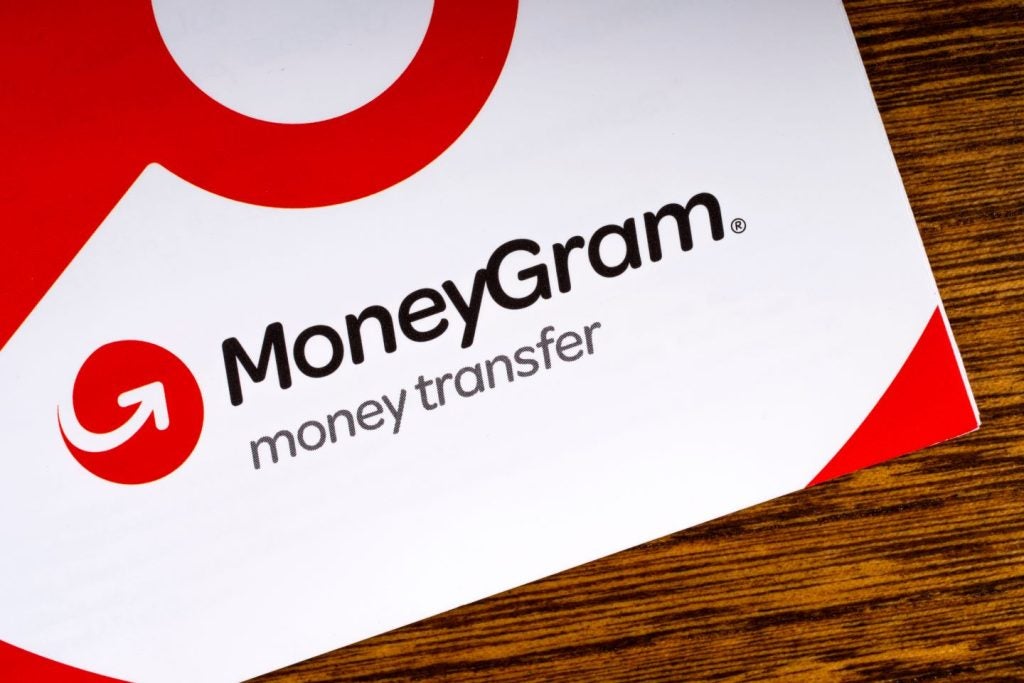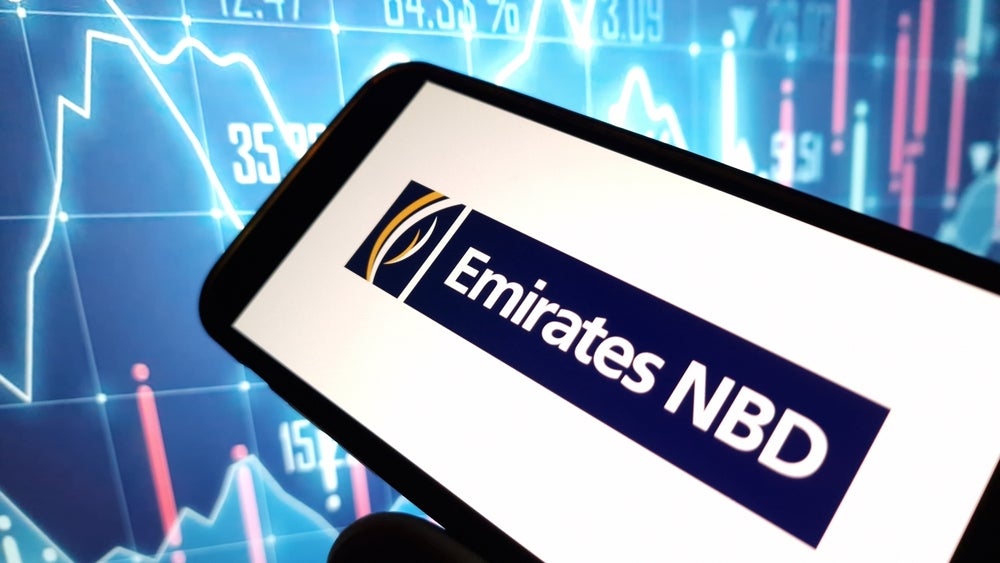A new world of payments where barriers don’t exist: this is the ideal scenario that fostered the debate during this year’s EBAday in Berlin. Sara Perria reports on the hot topic that livened up the two-day conference in the German capital
The SEPA deadline approaches and the scenario of a "borderless world of payments" becomes more realistic, bringing together the need for speed, reliability and integration. The barriers are falling and it is not by chance that this year’s EBAday was set in Berlin, as EBA chairman Hansjörg Nymphius explained in its opening speech: "In Berlin history has been written with the fall of the wall: the city of Berlin knows what it feels to have borders that are artificial. In the payments world, SEPA is a way to break artificial walls."
The Single Euro Payments Area will open the way to an integrated payment area for bank transfers denominated in Euros by February 2014. However, Nymphius immediately specified that "this is not the future, it is the beginning of the future and this is not enough".
Speakers at the EBAday were all keen in hammering home the message that we live in a globalised world and we have to adjust to this reality. The economy cannot afford to keep the word ‘border’ in the payment dictionary. On the contrary the request for speed and a real time experience is not only growing but it is expected and taken for granted by the consumer.
As Patrick Dixon, chairman of Global Change, said in his speech, "there is a clear institutional blindness within banks and the world is changing faster than they can even organise a board meeting".
The resignation on the bankers’ faces coupled with the acknowledgement that the burden of regulation is enough to slow down innovation. This did not stop Dixon from reminding that "the future is not about new technologies, it’s about emotion and passion, it’s about the way we engage with the technology that we use".
The concept becomes clear when the figures begin to crop up: 90% of web’s customers, Dixon highlighted, are lost in a few seconds. Five seconds have now become an eternity. Against this backdrop, in a large number of emerging economies millions of children are set to become the new generation of mobile payers, in countries where a weakest regulatory environment allows to experiment more, as the 17m-customer M-Pesa has proved.
"I have estimated that 1.7bn users are unbanked and millions will move to mobile payments without banks even noticing. Consumers are moving directly to payments and very few bankers would have predicted this five years ago: we are only in the first five minutes of the first hour of mobile payments," Dixon said.
So have banks – in the middle of a liquidity crisis – got enough money to invest in innovation? Is the ‘legacy system issue going to stop banks from grabbing these opportunities?
Deutsche Bank global head of cash management for financial institutions Marcus Sehr is not that pessimistic and stressed that "we are big players because we have these massive legacy systems". RBS global head of transaction services Kevin Brown added that "you wouldn’t start from the payment infrastructure, but from what the customer wants."
And ‘what they want’ is another "big question" that needs an answer, as banks are urged to plan far in advance their next move. The problem is that, when it comes to mobile payments, users’ needs in developing economies are somehow easier to guess. In ‘established’ economies, it is more difficult to convince customers to embrace a new proposition.
According to Fabio Stragiotto, group representative with Payments Authorities, Unicredit, the term innovation was often used to label a product, just because it hasn’t been sold before, even though it may not necessarily be new.
The fragmentation of the market does not help either, with payment options ranging from PayPal to Ukash and even Bitcoin. The mobile offering is scattered among too many players as well.
"The market is too fragmented and only a few will survive," Marco Polissi, SIA head of product development financial institutions, said.
And a fundamental issue should not come second: what is for the bank?
"The issuer of the secure element, cannot be too demanding as the total cost for banks should be similar to that of plastic cards." Polissi added.
Panellists also agree on another advantage that telcos have against banks: they know more than banks about where their clients are and what they are purchasing.
A panel on e-commerce then identified trust as a crucial issue related to the digital economy, with payments being one of the main elements involved in creating this trust.
"We know that there is a high drop off by people who don’t finalise transactions because they don’t trust the web," Netcom president Roberto Liscia said, reminding the public of the 20% growth year on year experienced by e-commerce in Italy.
"This is why we are supporting MyBank," he added.
Designed as a pan-European, SEPA-compliant OBeP system, MyBank hopes to provide a universally-accepted method for e-commerce transactions, presenting an alternative to systems such as PayPal, for example.
"This allows banks to bring trust to the e-commerce area: the fact that banks enter into the scene is an added value," Liscia added.
A borderless world of payments
Javier Santamaría, European Payments Council’s chairman, tried to answer the question ‘What’s needed to be SEPA compliant before the end date?’.
Coordination is the key-word that should promote compliance, but Santamaria identified some of the main risks linked to SEPA:
– Banks availability regarding tests, as all their Corporate customers will be asking for the same thing at the same time
– SEPA compliance for multinationals strongly depends on implementing some key ERPs in some countries. A delay in these projects will strongly impact SEPA project
– Some domestic tools might not have BIC and IBAN fields in their databases
– Some domestic tools might not be able to manage the layout (XML ISO20022 pain 3)
– Some existing banks in some countries are not in the target pool of banks but we will need to ask them for support to be SEPA compliant on time
– New domestic Central Bank reports to be implemented before SEPA end date for cross border transactions (Portugal, Germany, Spain)
– Some BICs and IBANs could change during the project because of banks’ merging
– projects (new check just before go live)
– Missing mandates for most of the European countries
– Shaping a clear procedure to manage SEPA DD and mainly solving mandates issue
– Approved budget to afford the whole project; who pays for what.
Banks will be ready, was the belief shared by the panellists; less so corporates. However, this could open the way to other services, such as assisting those who have not migrated.
Transaction banking: a new source of revenue
It is not enough to say that we live in a global economy: banks have to make the most of this new business environment and transaction banking offers a new feasible source of revenue.
During the EBAday, speakers set out the elements that for the perfect environment for transaction banking: credit availability is tight for small suppliers. Many large corporations, on the other hand, have an abundance of liquidity sources. Large corporations seek to conduct trade on an open account basis as a cost effective alternative to traditional trade finance, they also want their small, often strategic suppliers to be financially sound in order to guarantee supply chain stability.
All this has led to an increased momentum for SCF.
According to research by Demica, share of SCF estimated to grow from 8% (US$4 bn) of international trade in 2010, to 16% by 2015; the Europe market for cross-border SCF, serving companies in the UK, France and Germany, is estimated at over £390bn. Only 5%-10% of this available market place has yet been satisfied with SCF schemes, revealing a large potential market for growth.
In this context, corporate are demanding services and systems that integrate trade finance, payments, cash management, FX and derivatives into one view – a removal of silos – Risk & Working Capital Management have worked their way up to the top of the CFO’s & Treasurer’s agenda.
It is a fact that globalization has increased the risk in supply chains and the impact on corporates’ financials.
Supply Chain Finance, is defined as "the use of financial instruments, practices and technologies to optimize the management of the working capital and liquidity tied up in supply chain processes for collaborating business partners."
The panellists of the session Supply chain finance – getting the formula right, identified some key points to bare in mind when tackling the issue:
– Need for more clarity over definitions and market terminology
– Requirement for better understanding of risk and regulatory issues
– Focus needed on the role of automation and B2B integration
– Define the role and purpose of collaboration
And some of the main issues, as today SCF implies:
– Increased technical, commercial and operational complexity
– Technical interdependency needs more well defined standards
– Potential effects in terms of pricing and VAT
– Questions on data protection and bank secrecy.
However, as Simon Newstead, RBS head of FI Market & Business Strategy, and Teresa Connors, RBS director, Market Engagement, stressed, transaction banking offers enourmous potentials, but the variety of regulations globally risks hindering its growth.
Another example of the need for a borderless world of payments.








